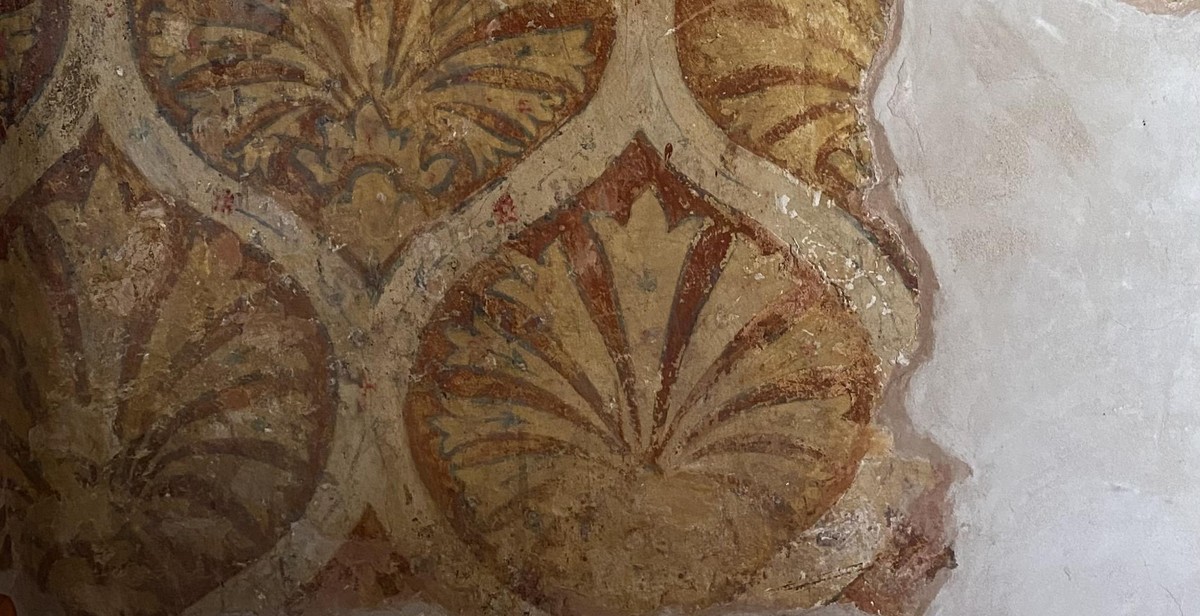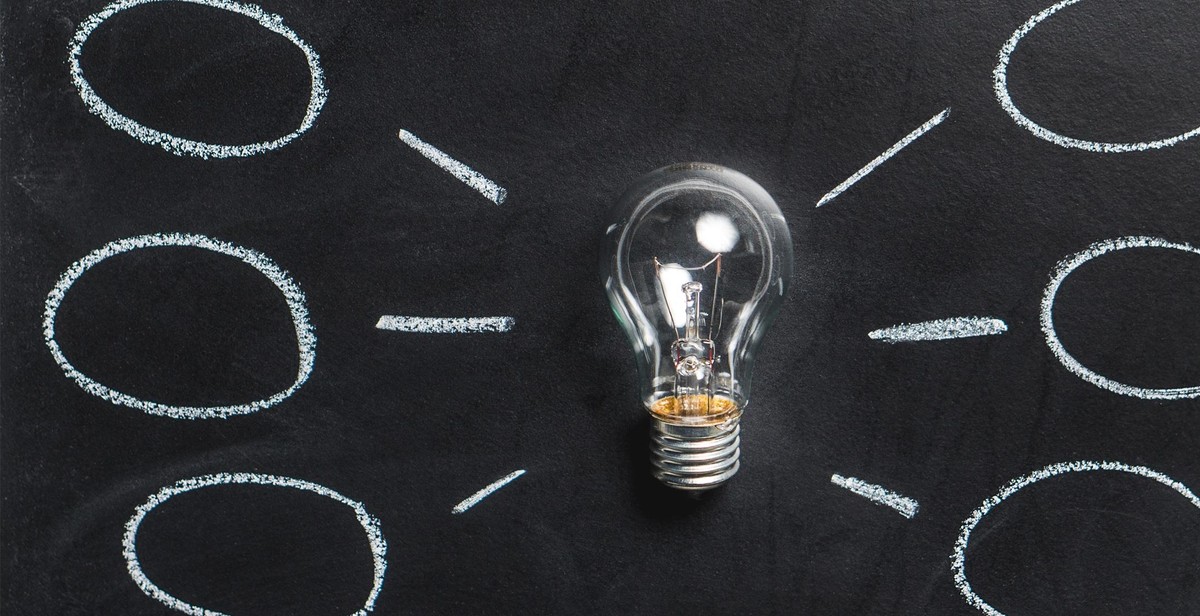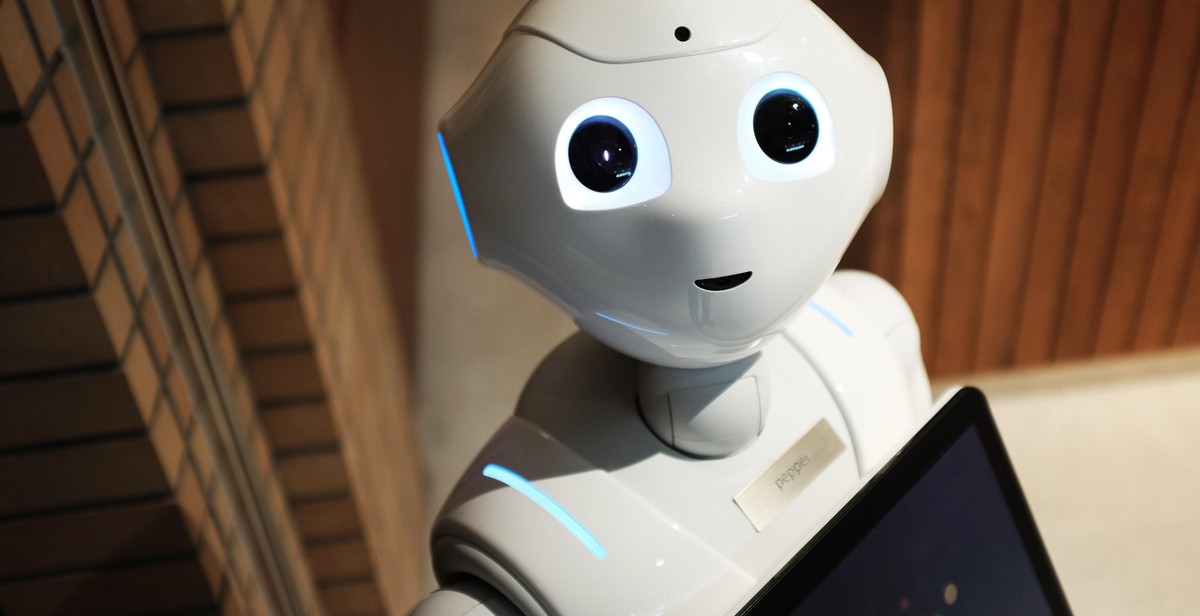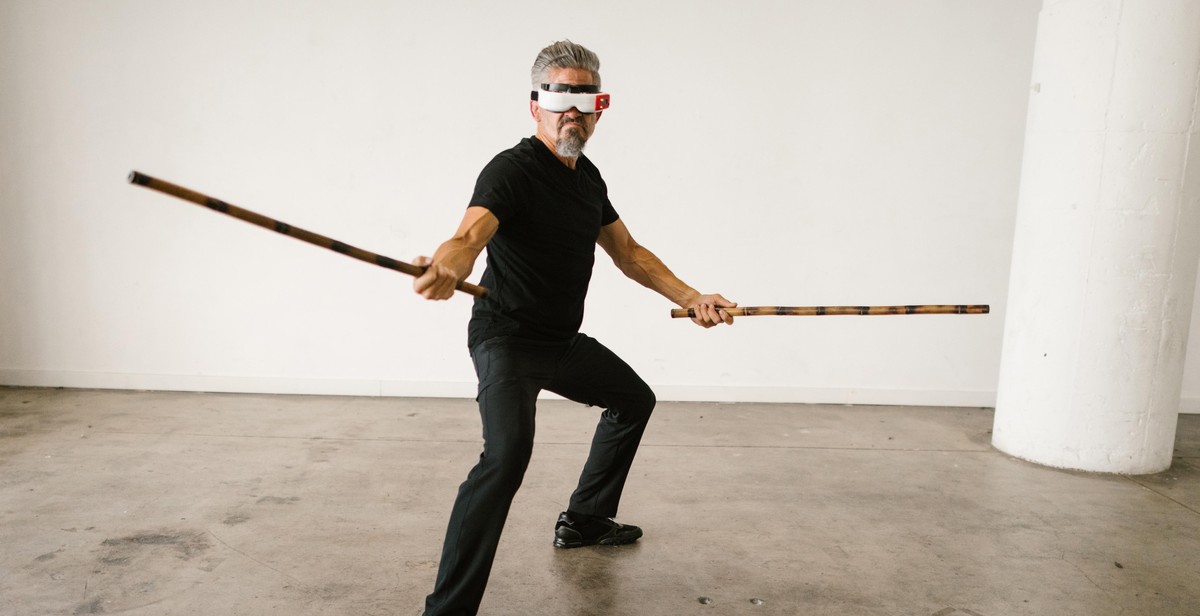AI in Art Restoration: Preserving Cultural Heritage with Technology
Art restoration has long been a delicate and time-consuming process, requiring skilled experts to carefully repair and preserve valuable masterpieces. However, with the advent of artificial intelligence (AI) technology, a new era in art restoration has emerged. AI has revolutionized the way cultural heritage is preserved, offering faster and more precise restoration methods that ensure the longevity of artworks for future generations.
Using advanced algorithms and machine learning, AI-powered systems are capable of analyzing and understanding the intricate details of a painting or sculpture. With this understanding, AI can detect imperfections, identify original colors, and even predict how the artwork would have looked when it was first created. This level of accuracy enables restorers to make informed decisions and execute precise restoration techniques.
Furthermore, AI technology allows for the preservation of not only the physical aspects of art but also the historical and cultural significance behind it. By analyzing vast amounts of data, including historical documents, photographs, and expert opinions, AI can provide valuable insights into an artwork’s context and help restorers make informed decisions about its preservation.
This article delves into the fascinating world of AI in art restoration, exploring the benefits, challenges, and future possibilities of this innovative technology. From the restoration of ancient artifacts to the preservation of iconic paintings, AI is transforming the way we protect and cherish our cultural heritage.

Understanding Art Restoration
Art restoration is the practice of preserving and restoring artworks to their original condition, ensuring their longevity and cultural significance. It involves a meticulous process of cleaning, repairing, and conserving various types of artistic media, including paintings, sculptures, ceramics, textiles, and more.
What is Art Restoration?
Art restoration aims to maintain the aesthetic and historical integrity of artworks while addressing issues such as deterioration, damage, and aging. It requires a deep understanding of art history, materials, and techniques to ensure that the restoration process respects the artist’s original intent.
Restoration specialists employ a range of techniques to address different restoration challenges, including surface cleaning, varnish removal, structural stabilization, and retouching. These processes require expertise, precision, and a keen eye for detail to revive the artwork’s original beauty.
Challenges in Art Restoration
Art restoration poses several challenges due to the delicate nature of artworks and the varying degrees of damage they may have sustained over time. Some common challenges include:
- Age-related deterioration: Artworks can deteriorate over time due to exposure to light, humidity, temperature fluctuations, and other environmental factors.
- Physical damage: Artworks may experience physical damage from accidents, mishandling, or natural disasters, requiring careful restoration to repair and stabilize them.
- Previous restoration attempts: Artworks that have undergone previous restoration may present challenges as the previous interventions need to be assessed and potentially corrected.
- Material complexity: Different artistic media require specialized knowledge and techniques for restoration, as materials such as oil paint, wood, metal, and textiles each have unique preservation requirements.
Art restoration aims to overcome these challenges, ensuring that cultural heritage is preserved for future generations to appreciate and learn from.

The Role of AI in Art Restoration
Art restoration is an intricate process that requires immense skill, expertise, and attention to detail. With the advent of artificial intelligence (AI), this age-old practice is undergoing a revolution. AI is transforming the field of art restoration by offering innovative solutions that enhance the preservation and restoration of cultural heritage.
How AI is Revolutionizing Art Restoration
AI algorithms have the ability to analyze vast amounts of data, including high-resolution images and historical records, to identify patterns and anomalies in artworks. This enables restorers to gain valuable insights into the artist’s original intent and the artwork’s condition.
AI-powered tools can also assist in the removal of dirt, stains, and other imperfections without causing any harm to the original artwork. By using machine learning algorithms, AI systems learn from extensive databases of restored artworks, enabling them to accurately replicate the techniques used by master artists.
Benefits of AI in Art Restoration
The integration of AI in art restoration offers numerous benefits:
- Improved accuracy: AI algorithms can detect minute details and imperfections that may go unnoticed by the human eye, ensuring a more accurate restoration process.
- Time efficiency: AI-powered tools can automate time-consuming tasks, allowing restorers to focus on more complex aspects of the restoration process.
- Preservation of cultural heritage: By leveraging AI, art restoration can be carried out more efficiently, contributing to the preservation of our rich cultural heritage for future generations.
- Consistency: AI systems can replicate restoration techniques consistently, ensuring uniformity across multiple artworks.
- Accessibility: AI-powered tools can be shared and accessed remotely, enabling collaboration among art restoration experts worldwide.
Overall, AI is revolutionizing art restoration by providing restorers with advanced tools and techniques that enhance the preservation and restoration of artworks, ensuring the longevity of our cultural heritage.

AI Techniques Used in Art Restoration
Art restoration is a crucial process to preserve and maintain our cultural heritage. With the advancements in technology, artificial intelligence (AI) has emerged as a powerful tool in the field of art restoration. Various AI techniques are employed to analyze, restore, and enhance artworks, ensuring their longevity and accessibility for future generations.
Image Recognition and Analysis
AI-powered image recognition and analysis algorithms play a pivotal role in art restoration. These algorithms can identify and categorize different elements present in an artwork, such as colors, shapes, textures, and patterns. By understanding the composition of the artwork, AI systems can detect and restore damaged areas accurately.
Digital Restoration Algorithms
AI utilizes digital restoration algorithms to repair damaged or deteriorated parts of an artwork. These algorithms can automatically fill in missing details, reconstruct faded colors, and remove stains or scratches. By analyzing similar artworks and referencing historical data, AI systems can make informed decisions to restore the original aesthetics of the artwork.
Deep Learning and Neural Networks
Deep learning and neural networks are key components of AI in art restoration. By training on vast datasets of restored and unrestored artworks, these systems can learn to recognize patterns and generate restoration suggestions. Neural networks can also simulate the styles of renowned artists, enabling the recreation of missing elements in a way that aligns with the original artistic intent.
In conclusion, AI techniques such as image recognition and analysis, digital restoration algorithms, and deep learning with neural networks have revolutionized the field of art restoration. By harnessing the power of technology, we can preserve and restore our cultural heritage, ensuring that future generations can appreciate and learn from these invaluable artworks.

Examples of AI in Art Restoration
The Restoration of ‘The Last Supper’
One remarkable example of AI in art restoration is the restoration of Leonardo da Vinci’s masterpiece, ‘The Last Supper.’ Over the years, the painting had deteriorated significantly, with the colors fading and the image becoming less defined. Using AI technology, experts were able to analyze the original colors and textures of the painting and digitally restore it to its former glory. Through deep learning algorithms, AI was able to recreate the missing details, bringing back the vibrancy of the original artwork.
Reviving Faded Paintings with AI
AI has also been instrumental in reviving faded paintings that have lost their original luster. By analyzing the color composition, texture, and brushstrokes of the artwork, AI algorithms can digitally enhance and restore faded sections. This process not only helps to preserve the cultural heritage of these paintings but also allows viewers to appreciate the true beauty of the artwork as it was intended by the artist.
Preserving Ancient Artifacts through AI
Ancient artifacts, such as sculptures and pottery, are often subject to wear and tear over time. AI technology has played a crucial role in preserving these artifacts by digitally reconstructing missing pieces and restoring damaged sections. By analyzing historical data and using machine learning algorithms, AI can recreate the original form and structure of these artifacts, providing valuable insights into ancient civilizations and preserving their cultural significance.

Ethical Considerations in AI Art Restoration
While AI has revolutionized the field of art restoration, it is crucial to address the ethical considerations associated with its implementation. These considerations revolve around maintaining authenticity and striking a balance between restoration and preservation.
Maintaining Authenticity
One of the primary concerns in AI art restoration is maintaining the authenticity of the original artwork. AI algorithms must be designed to preserve the artist’s original intent, style, and techniques. A careful analysis of the artwork’s historical context is necessary to ensure that any restoration work aligns with the artist’s original vision.
Balancing Restoration and Preservation
Another ethical consideration is finding the right balance between restoration and preservation. While AI can effectively restore damaged or deteriorated artworks, there is a risk of over-restoration, which can alter the artist’s original work. It is crucial to strike a balance that respects the artwork’s age, historical significance, and the natural aging process it has undergone.
Art restoration experts must collaborate with AI developers to establish guidelines and parameters that prioritize the preservation of cultural heritage. These guidelines should address the extent of restoration required, the level of intervention allowed, and the importance of maintaining the originality and integrity of the artwork.
By addressing these ethical considerations, AI in art restoration can contribute to the preservation of cultural heritage while respecting the authenticity and historical value of the original artworks.

The Future of AI in Art Restoration
Advancements in AI technology have opened up new possibilities in the field of art restoration, revolutionizing the way cultural heritage is preserved. With the ability to analyze and interpret vast amounts of data, AI algorithms can now assist human experts in restoring and conserving artworks with unprecedented accuracy and efficiency.
Through collaboration between AI and human experts, the future of art restoration holds immense promise. AI-powered systems can quickly identify and analyze the intricate details of damaged artworks, allowing restorers to make informed decisions about the most appropriate techniques and materials to use. This combination of human expertise and AI capabilities can lead to more precise and effective restoration outcomes.
One of the key advantages of AI in art restoration is its ability to learn from past restoration projects and build a comprehensive knowledge base. By analyzing historical data and comparing it to current restoration challenges, AI algorithms can provide valuable insights and recommendations to human experts, enabling them to make informed decisions based on proven techniques and best practices.
Furthermore, the future of AI in art restoration includes the potential for real-time monitoring and ongoing maintenance of restored artworks. AI systems can continuously assess the condition of artworks, detecting any signs of deterioration or damage, and alerting human experts to take appropriate action. This proactive approach to preservation can significantly extend the lifespan of cultural heritage.
In conclusion, the integration of AI technology in art restoration holds great promise for the future. The collaboration between AI and human experts can enhance the accuracy, efficiency, and longevity of restoration efforts, ensuring that our cultural heritage is preserved for future generations to appreciate and enjoy.

Conclusion
Art restoration is a delicate process that requires precision and expertise to preserve the cultural heritage for future generations. With the advent of artificial intelligence (AI) technology, the field of art restoration has witnessed a significant transformation. AI has revolutionized the way restoration experts analyze, repair, and preserve artworks.
Utilizing AI algorithms and machine learning techniques, art restoration has become more accurate and efficient than ever before. AI can analyze minute details and identify areas of deterioration or damage that may not be immediately visible to the human eye. This enables restoration experts to develop targeted restoration strategies to bring artworks back to their original glory.
Additionally, AI-powered tools can assist in the recreation of missing or damaged parts of an artwork, ensuring a seamless restoration process. By studying the patterns and styles of the original artist, AI algorithms can generate highly accurate reproductions that blend seamlessly with the existing artwork.
The integration of AI in art restoration also allows for a more accessible and widespread preservation of cultural heritage. Through digital platforms and virtual museums, AI can provide virtual tours and high-resolution images of restored artworks, allowing people from around the world to appreciate and learn from these masterpieces.
While AI technology has undoubtedly revolutionized the art restoration process, it is important to note that human expertise and intuition still play a crucial role. AI should be seen as a powerful tool that complements the skills and knowledge of restoration experts, rather than replacing them.
In conclusion, AI in art restoration has opened up new possibilities for preserving and restoring cultural heritage. By harnessing the power of AI, we can ensure that future generations continue to appreciate and learn from the artistic achievements of the past.
